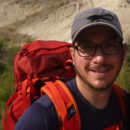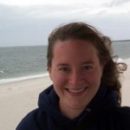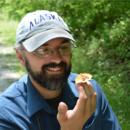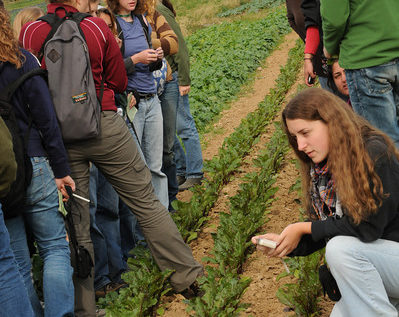
Conservation, Biodiversity, and Society
- Environmental and human causes of conservation problems
- Factors that lead to species declines, including habitat loss and illegal wildlife trade
- Role of zoos in conservation
- Land-use and agricultural impacts on watersheds
- Climate change research, communications, public perspectives, and action in the local community
- Practicum experience with a professional in a conservation-related field
- Semesters offered
Fall and Spring | Mason’s academic calendar
- Credits
- Costs
Tuition | Mason’s tuition and fees
Semester Fee | $2048 per semester
Mandatory Room and Board | Pricing Structure
- Who is eligible?
3nd- and 4th-year undergraduates with at least 60 credit hours from any accredited college or university. Previous coursework should include some natural or social sciences and show interest in conservation-related disciplines.
Meet the Faculty
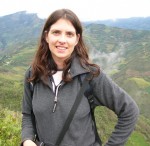
Smithsonian-Mason School of Conservation
Living and Learning at SMSC
Each cohort (20 or fewer students) lives and studies together on site at the SMSC campus. Students follow an intensive, structured schedule to get the most out of this conservation-focused experience.
- Classroom, lab, or field work 9:30 am – 3 pm, 4 days per week
- Practicum work experience 1 day per week with a conservation professional.
- Semester-long independent study of a global conservation issue and associated strategies
- Additional research seminars from guest instructors and visiting conservation practitioners
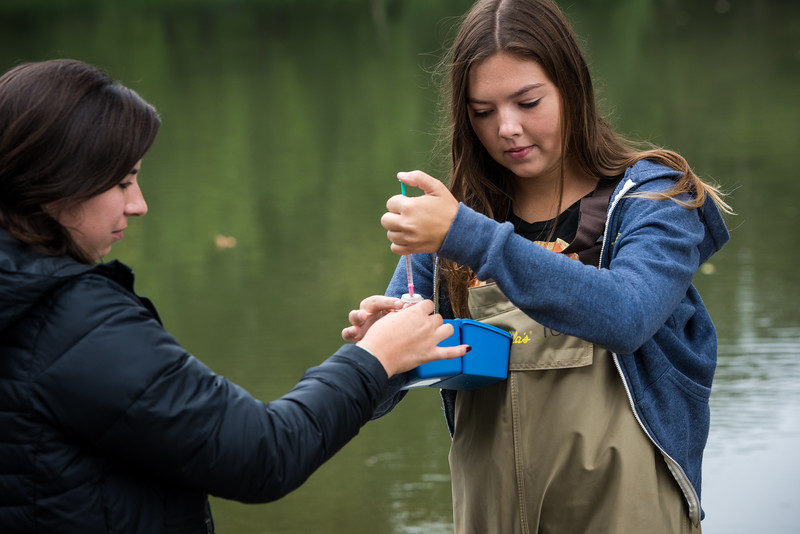
Integrating Science and Policy
Our students learn to protect species in the Shenandoah watershed by combining two important sides of conservation. They research agriculture and development impacts on local streams and rivers, and they advocate for policy change by interacting with policy makers and farmers.

